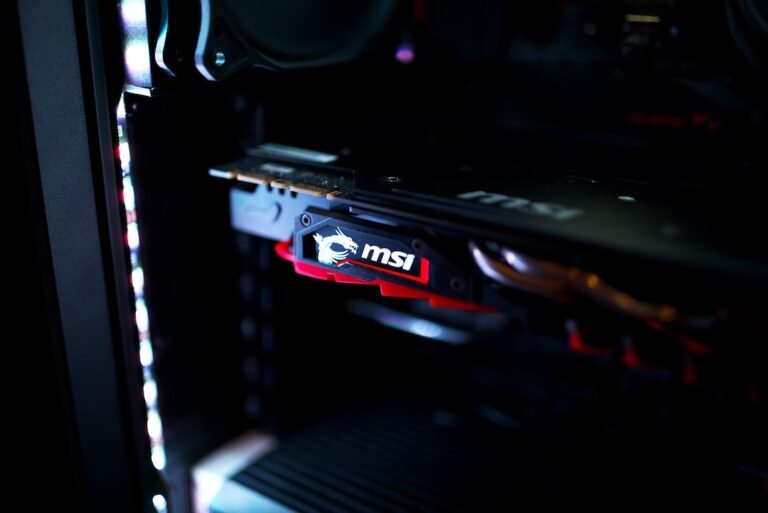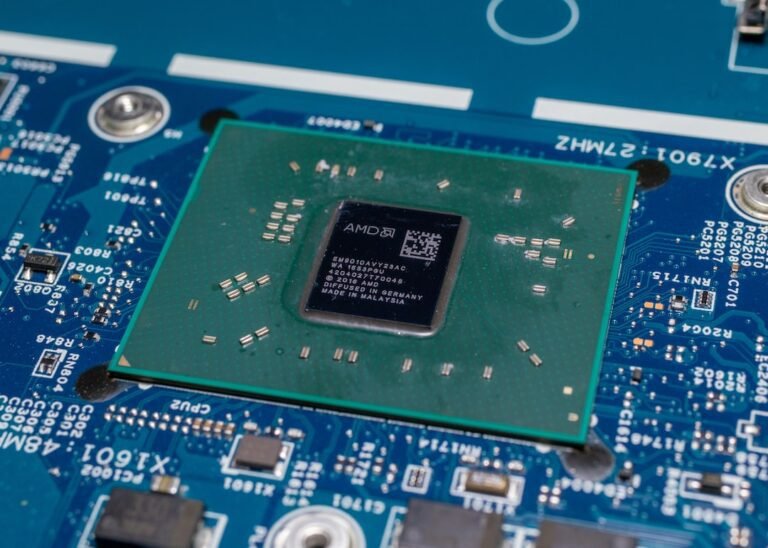Introduction
Have you ever experienced that frustrating moment when you buy a new device, only to realize that it’s not compatible with your router? Or maybe you’ve struggled to set up a smart home device because it simply won’t connect to your Wi-Fi network. Don’t worry, you’re not alone! Device and router compatibility issues can be a headache for even the most tech-savvy individuals.
In this article, we will dive into the world of device and router compatibility and provide you with valuable tips to ensure a smooth and hassle-free experience. Whether you’re setting up a new gaming console, a smart TV, or any other device that needs to connect to your home network, we’ve got you covered. So, let’s get started!
Compatibility Check: Why It Matters
Before we delve into the tips, let’s first understand why compatibility is such an important factor when it comes to devices and routers. In simple terms, compatibility refers to the ability of one device to work seamlessly with another. When devices and routers are not compatible, they may not be able to communicate effectively, leading to connection issues, slow performance, or even complete failure.
Imagine you’re investing in a high-performance gaming console that promises the ultimate gaming experience. You unbox it, connect it to your home network, and eagerly launch your favorite game, only to be greeted with lag, freezing, or disconnections. Frustrating, right? This is a classic example of compatibility issues. To avoid such disappointments, it’s crucial to ensure that your devices and routers are compatible before making any purchases.
Checking Device Compatibility
Now that we understand the significance of compatibility let’s explore some tips for checking device compatibility before you make a purchase.
1. Research and Read Reviews
When buying a new device, it’s always a good idea to do some research and read reviews from other users. Look for any comments about compatibility issues or recommendations for specific routers that work well with the device you’re interested in. This can give you valuable insights and help you make an informed decision.
2. Check Device Specifications
Device specifications can provide critical information about compatibility. Pay close attention to the connectivity options listed in the specifications, such as Wi-Fi protocols, Ethernet ports, or Bluetooth versions. Cross-reference these specifications with the features and capabilities of your router to ensure compatibility.
3. Seek Manufacturer’s Recommendations
Device manufacturers often provide a list of recommended routers or compatibility guidelines on their websites. These recommendations are based on extensive testing and are designed to ensure optimal performance. Check the manufacturer’s website or reach out to their support team for any specific recommendations or compatibility information.
4. Consider Future Needs
When purchasing a device, it’s essential to consider your future needs. Think about potential upgrades or additional devices you might add to your home network. Ensure that the device you’re buying can handle these future additions without causing compatibility issues. Investing in a device with future-proof features can save you time, money, and frustration down the line.
Ensuring Router Compatibility
Now that we’ve covered device compatibility, it’s time to focus on routers. Here are some tips to ensure router compatibility for your devices:
1. Check Wi-Fi Standards and Frequency Bands
When choosing a router, pay attention to the Wi-Fi standards supported, such as 802.11ac or 802.11ax (Wi-Fi 6). Different devices work best with specific Wi-Fi standards, so ensure that your router supports the standard required by your devices. Additionally, consider the frequency bands supported by the router (2.4GHz and 5GHz) and the compatibility of your devices with those bands.
2. Evaluate Network Speed and Performance
The speed and performance of your router play a crucial role in ensuring compatibility with devices. Look for routers with adequate speed and advanced features like beamforming, multiple antennas, or advanced QoS (Quality of Service) settings. These features optimize network performance and ensure seamless connectivity for all your devices.
3. Consider Security Features
In today’s digital age, cybersecurity is paramount. When choosing a router, prioritize security features such as built-in firewalls, encryption protocols, and guest network capabilities. Ensuring that your router has robust security measures can help protect your devices from unauthorized access or potential security breaches.
4. Explore Firmware Compatibility
Firmware is the software that runs on your router, and it can have a significant impact on device compatibility. Some routers allow you to install open-source firmware, which can enhance performance and compatibility with specific devices or advanced networking configurations. Research if your router supports open-source firmware and explore compatibility options to optimize your network setup.
Conclusion
Device and router compatibility is crucial for a seamless and frustration-free home network experience. By following the tips we’ve discussed, you can ensure that your devices and routers work harmoniously, providing you with optimal performance and connectivity.
Remember, it’s essential to research and read reviews, check device specifications, and seek manufacturer’s recommendations before buying devices. For routers, consider Wi-Fi standards, network speed, security features, and firmware compatibility.
With these tips in mind, you’re on your way to building a compatible home network that meets your needs and keeps you connected to all your favorite devices.
FAQ
Here are some frequently asked questions about device and router compatibility:
| Question | Answer |
|---|---|
| What should I do if my device is not compatible with my router? | If you encounter compatibility issues, first check if there are firmware updates available for your router or device. Updating firmware can sometimes resolve compatibility problems. If that doesn’t work, consider reaching out to the manufacturer’s support team for further assistance. They may have additional solutions or recommendations. |
| How can I check if a device is compatible with a specific router? | To check device compatibility with a specific router, refer to the device’s specifications and compare them with the router’s compatibility requirements. You can also consult the manufacturer’s website or support team for any specific compatibility information or recommendations. |
| Are all devices compatible with open-source router firmware? | No, not all devices are compatible with open-source router firmware. Compatibility depends on the device’s hardware and the specific open-source firmware being used. Before attempting to install open-source firmware, research if your device supports it and ensure compatibility before proceeding. |
| Can I use mesh Wi-Fi systems with any device? | Yes, mesh Wi-Fi systems are generally compatible with any Wi-Fi-enabled device. However, ensure that your device supports the Wi-Fi standards and frequency bands used by the mesh system. Additionally, check if the mesh system supports any specific device requirements or features you may need. |
Further Reading
For more information on home network setup, router troubleshooting, and other related topics, check out the following resources:
| Website | Description |
|---|---|
| URL to website 1 | This website provides comprehensive guides and tutorials on setting up and troubleshooting home networks. It covers various topics, including router configuration, wireless security, and optimizing network performance. |
| URL to website 2 | This website offers in-depth articles and product reviews related to routers and networking. It explores advanced topics such as open-source firmware, VPN router security, and smart home integration. |
Now armed with the knowledge on compatibility checks, you can confidently set up your devices and routers, ensuring a smooth and seamless home network experience!




